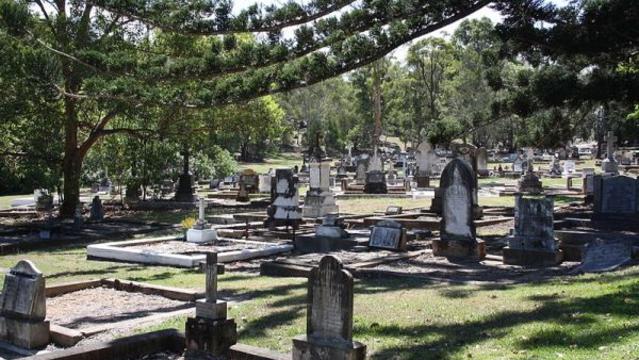Like the ripples created by a pebble in a pond, a single life may expand and have a great impact on future generations. And every historical record tells a life story.
Clarice May Taylor Cubbins (1916–2014)—whose occupation was often listed in census records as “home duties” or being a “hand,”—is perhaps best known for her life’s work as a local historian of sorts in New South Wales, Australia.
During her lifetime, Cubbins amassed an extensive card file index consisting primarily of 160,000 cemetery and death records of residents from New South Wales who died from 1816 to 1982.
FamilySearch.org, a nonprofit family history arm of The Church of Jesus Christ of Latter-day Saints, has now digitally preserved and published Cubbins' private collection online for free at FamilySearch.org to help genealogists and family historians find their ancestors.

Drawn in great measure from gravestones, Cubbins’ card index file also included information from death registers and military rolls, war memorials, passenger lists of military personnel, and some church records.
Each completed card that Cubbins produced included available information about the deceased’s vital dates, burial cemetery, parentage, and the deceased’s age at the time of death. And sometimes there are bonuses, as in the case of Ellen Gett. Her death index card states she died February 22, 1913, at the age of 40.
Then she adds, “Erected by children Clarrie, Olga, Muriel, and Phillip.”
For those doing family history research, extra context like this of additional generations related to the deceased is a goldmine in helping make connections.
Most of the cemetery records come from New South Wales, but the collection includes a smattering of records from the Northern Territory, Queensland, South Australia, Western Australia, and “British New Guinea,” (now Papua New Guinea since 1975), so it’s worth doing a search if your relatives were from surrounding areas.
An African proverb says, “When an old man dies, a library burns.” In this case, without the help of Clarice Cubbins, this proverb would be true.
Two auspicious actions have combined to thwart the fulfillment of the proverb: First Clarice’s meticulous and extensive work, combined with her forethought to literally extract information written in stone; and, second, the records were properly handled and preserved so the information could be migrated from the original index cards, to microfilm, to online digital records. Little did she know that her efforts would be the key to unlocking countless family trees for thousands of family researchers all over the world.
More information about this project can be found on the FamilySearch wiki here, and the collection may be browsed here.